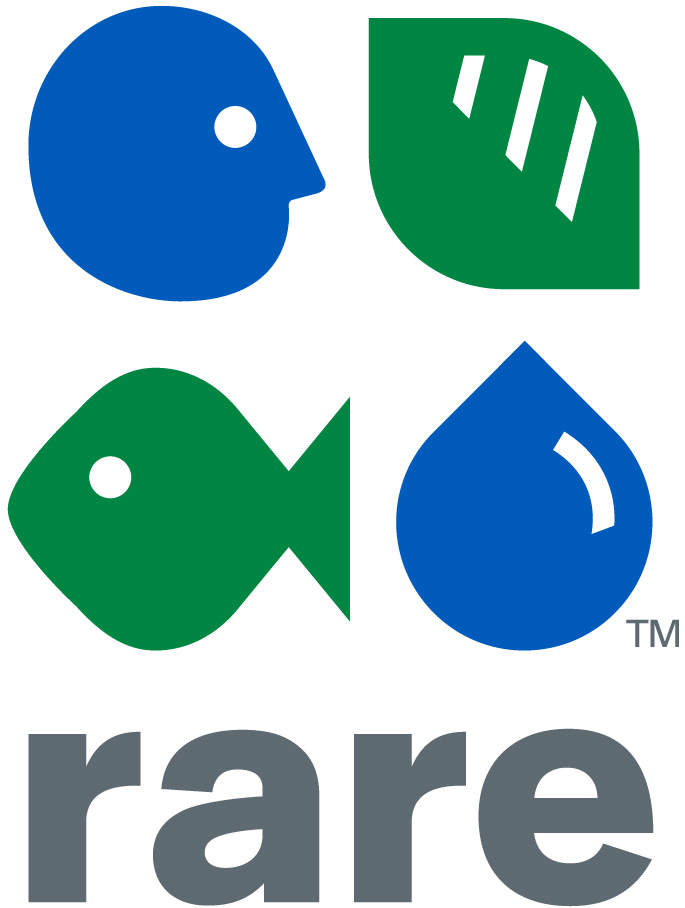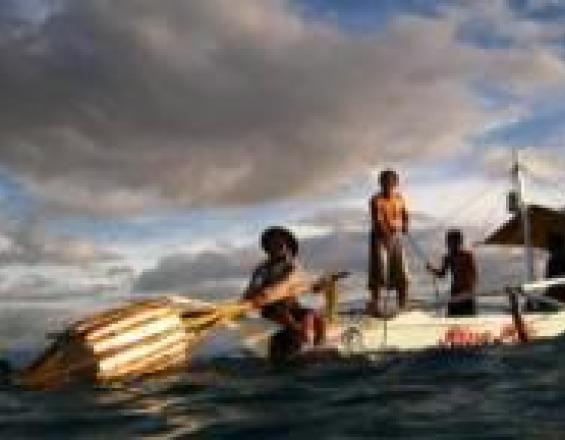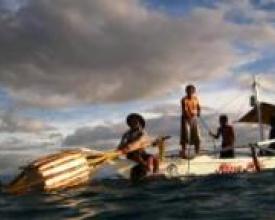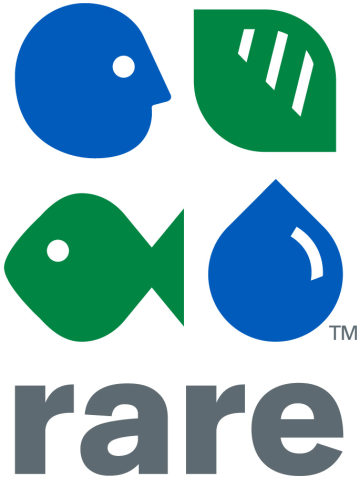
Ensuring fish and the lives of those who depend on them

Pilar Municipal Marine Park (PMMP) is on Ponson Island, Philippines between Lower Poblacion and Villahermosa villages. Located in what is considered a priority conservation area for reef fishes, the region was previously threatened by compressor fishing and illegal intrusion of commercial fishing boats. To address these threats, PMMP established an innovative multi-stakeholder management scheme with a no-take zone, driving people and nature impacts.
Context
Challenges addressed
Beneficiaries
Location
Process
Summary of the process
Building Blocks
Transparent co-management
Enabling factors
Lesson learned
Fair enforcement
Enabling factors
Lesson learned
Participatory Monitoring of Threats
Enabling factors
Lesson learned
Participatory governance
Enabling factors
Lesson learned
Behavior change through Social Marketing
Enabling factors
Lesson learned
Resources
Impacts
Species conservation: Significant increase in the number of fish per 500m2 within the sanctuary’s no-take zone: 372 in May 2005 to 640 in May 2009. Fish biomass within the zone also grew from 1.33 ton3/km2 in 2005 to almost four times as much in 2009. The zone also protects the surrounding mangroves, which provide habitat to fruit bats, reptiles and migratory birds. Livelihoods: Previously, fish catch averaged 2.6 kgs/fisher/day and 18% of school-aged children were malnourished. Six years later, fish catch has increased to 5.5 kgs/fisher/day and the number of malnourished school-aged children decreased to 10%.







